#gnathanodon
Explore tagged Tumblr posts
Text

Whale Shark (Rhincodon typus), family Rhincodontidae, with juuvenile Golden Trevally (Gnathanodon speciosus), family Carangidae, Pacific Ocean
ENDANGERED.
Whale Sharks are known as the largest fish in the world., up to 72 ft. long.
Golden Trevally have their bright yellow coloration as juveniles, and then turn silvery as adult.
Photograph by Alex Kydd Photography
#whale shark#shark#elasmobranch#fish#rhincodon#rhincodontidae#trevally#jack#gnathanodon#carangidae#ichthyology#ocean#animals#nature
220 notes
·
View notes
Text

Dugong Dugong dugon
With golden trevally Gnathanodon speciosus
Observed by photoluciku, CC BY-NC
#Dugong dugon#dugong#Sirenia#Dugongidae#sirenian#non-ungulate#fish#Gnathanodon speciosus#golden trevally#Africa#Egypt#Indian Ocean#Red Sea
347 notes
·
View notes
Note
Can I get a waffle? Can I PLEASE get a waffle??? 😮💨 /lh

You get a Golden Trevally
Gnathanodon speciosus
46 notes
·
View notes
Text
Pictures from the Aquarium
FIRSTLY SHARKS!!! AAAAAAA!! THEY'RE SOOO CUTEEE


BLACKTIP REEF SHARKS (CARCHARHINUS MELANOPTERUS)!!!


A ZEBRA SHARK (STEGOSTOMA FASCIATUM) AND A BLACKCHIN GUITARFISH (GLAUCOSTEGUS CEMICULUS)!!!


A POTATO GROUPER (EPINEPHELUS TUKULA) AND SOME GOLDEN TREVALLIES (GNATHANODON SPECIOSUS)!!


A RED LIONFISH (PTEROIS VOLITANS) AND A SPOTTED-GILL CARDINALFISH (OSTORHINCHUS CHRYSOPOMUS)!!!
~~~~~~~~~~~~~~~~~~~~~~~~~~~~~~~~~~~~~~~~~
Hiyaaa @writingraccoon, I told you I would @ you in mycology posts but given you said you like biology, I thought you might like these pictures of sharks and fish too:)
#hyperfixation#marine biology#aquarium#sharks#blacktip reef shark#zebra shark#blackchin guitarfish#potato grouper#golden trevally#red lionfish#spotted-gill cardinalfish#fish#sharks are cool#beloved mutuals
22 notes
·
View notes
Photo

Golden trevally (Gnathanodon speciosus)
36 notes
·
View notes
Photo



“THE PMA MASIDLAWIN CLASS OF 2020 STRIKES MANILA”


The PMA MASIDLAWIN CLASS OF 2020 had just concluded their INTERDISCIPLINARY TOUR which is a part of their academic curriculum during their second class year in PMA. The INTERDISCIPLINARY TOUR is an annual activity of the second class and third class cadets, wherein cadets will visit historical and conservation sites to enhance the cadets learning on history and the environment. To LEARN is the primary objective of the tour and somehow to give the cadets time to relax and enjoy while learning.
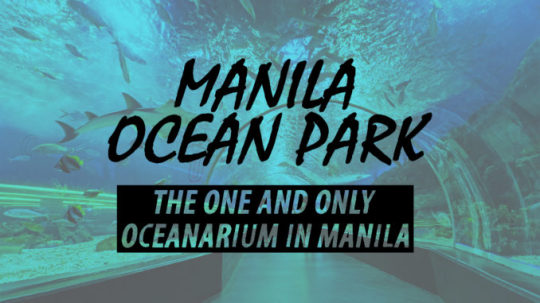
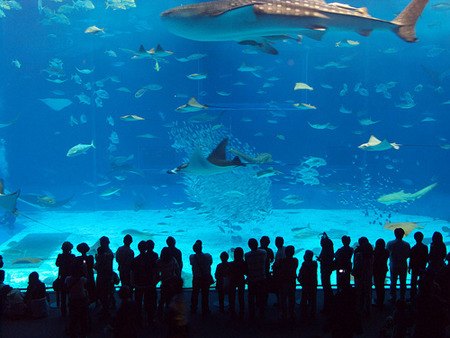
The cadets visited the Manila Ocean Park which is the only oceanarium in Manila. It is located behind the Rizal Park and the Quirino Grandstand. The park was constructed on 2007 and opened on March 2008. It houses 14,000 sea creatures which are all indigenous in Southeast Asia. It also houses land creatures which are only limited in numbers. It is a famous tourist attraction and the park is visited by tourists and used for educational purposes such as student field trips.
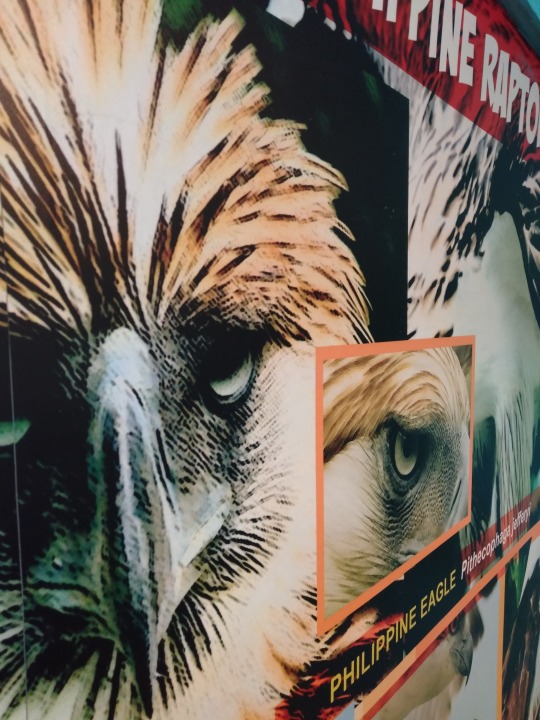
the Philippine Eagle is now an endangered species...
The Manila Ocean Park is not only an attraction but also it’s a conservation for animals. The park also showcases animals that are saved from harm like poachers. The park is home to many animals that are near to extinction. The researchers in the park are keeping these animals saved from extinction. They reproduce these animals through natural and artificial reproduction.

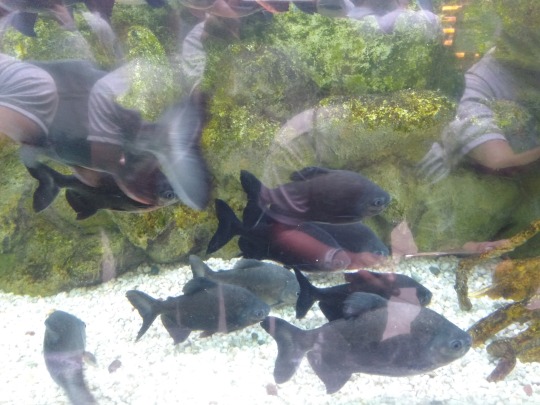
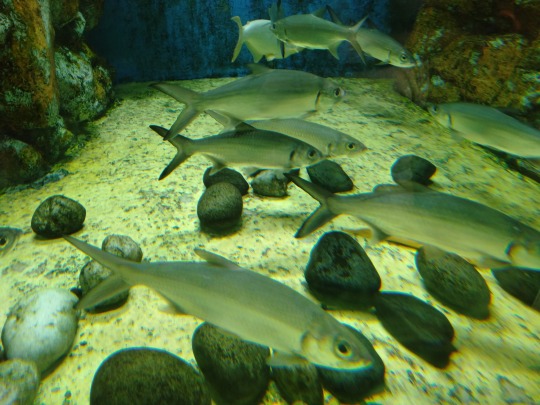

There are many fishes present in the oceanarium such as FRESHWATER organisms like:
1. Giant Moray Eel - are a family of eels whose members are found worldwide. The approximately 200 species in 15 genera are almost exclusively marine, but several species are regularly seen in brackish water, and a few are found in fresh water. 2. Giant Grouper - is the largest bony fish found in coral reefs, and the aquatic emblem of Queensland. 3. Yellowtail Fusilier - is a pelagic marine fish belonging to the family Caesionidae. 4. Bat-fish - is a genus of Indo-Pacific, reef-associated fish belonging to the family Ephippidae. There are currently five known extant species generally accepted to belong to the genus. They are one of the fish taxa commonly known as "batfish". 5. Golden Trevally - is a species of large marine fish classified in the jack and horse mackerel family Carangidae, and the only member of the genus Gnathanodon. 6. Redtoothed triggerfish - is a triggerfish of the tropical Indo-Pacific area, and the sole member of its genus. 7. Unicorn Tang - is a tang from the Indo-Pacific. It occasionally makes its way into the aquarium trade. It grows to a size of 70 cm in length. It is called kala in Hawaiian, and dawa in New Caledonia. 8. Snapper - is a species of snapper native to the western Atlantic Ocean including the Gulf of Mexico, where it inhabits environments associated with reefs. This species is commercially important and is also sought-after as a game fish. 9. Napoleon Wrasse - is a species of wrasse mainly found on coral reefs in the Indo-Pacific region. 10. Spotted Eagle Ray - is a cartilaginous fish of the eagle ray family, Myliobatidae. As traditionally recognized, it is found globally in tropical regions, including the Atlantic, Pacific and Indian Oceans.
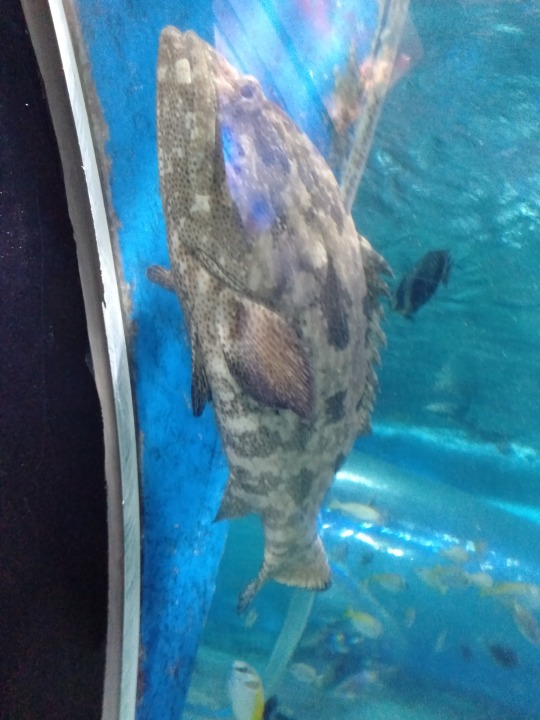
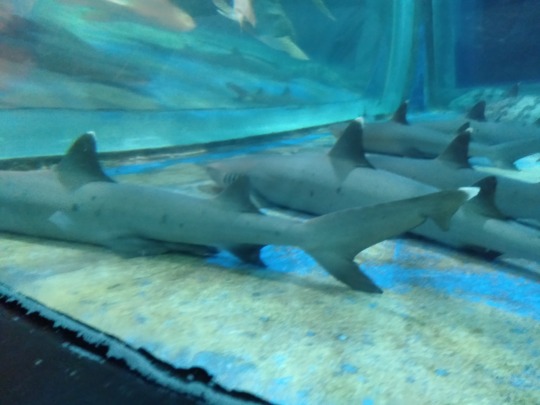
there are also SALTWATER organisms present in the oceanarium such as:
1. White Tip Sharks - is a large pelagic requiem shark inhabiting tropical and warm temperate seas. Its stocky body is most notable for its long, white-tipped, rounded fins. 2. Black Tip Sharks - is a species of requiem shark, and part of the family Carcharhinidae. 3. Jenkins Stingrays - is a species of stingray in the family Dasyatidae, with a wide distribution in the Indo-Pacific region from South Africa to the Malay Archipelago to northern Australia. 4. Moon Jellies - is a widely studied species of the genus Aurelia. All species in the genus are closely related, and it is difficult to identify Aurelia medusae without genetic sampling; most of what follows applies equally to all species of the genus. 5. Humboldt Penguins - is a South American penguin that breeds in coastal Chile and Peru. Its nearest relatives are the African penguin, the Magellanic penguin and the Galápagos penguin. 6. Clown Fish - are fishes from the subfamily Amphiprioninae in the family Pomacentridae. 7. Spiny Sea horse - also referred to as the thorny seahorse, is a marine fish belonging to the family Syngnathidae, native from the Indo-Pacific area. 8. Sea Lions - are sea mammals characterized by external ear flaps, long foreflippers, the ability to walk on all fours, short, thick hair, and a big chest and belly. 9. Sea Turtles - are reptiles of the order Testudines and of the suborder Cryptodira. 10. Pajama Cardinal Fish - is a species of fish belonging to the family Apogonidae. It is a popular aquarium fish.
TRIVIA:
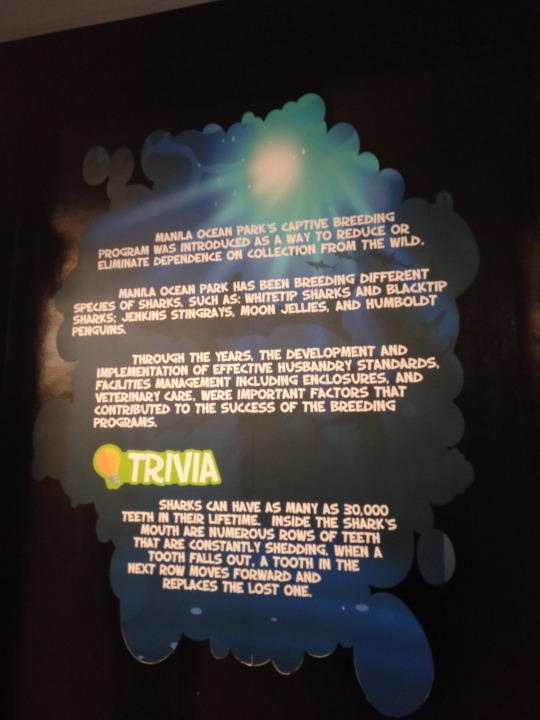


The City of Manila... What a place. the city life the bright lights the noise the pollution. Metro Manila is the central city of the Philippines. It is full of commercial buildings and structures. Its environment is different than the others because it is lacking of trees which makes the city warmer. Trees were cut down for commercial spaces and subdivisions. There is always consequences when you deal with mother nature. Manila is home to some stray animals like dogs, cats, rats, squirrels and foxes. You can found them anywhere walking in the street or hiding in the corner looking for garbage as food.


Since Manila is full of infrastructures the soil is also affected by buildings being build in all areas. Factories in the area can cause pollution to the soil, destroying the ecosystem in cities. These factories also produce chemicals into the air polluting the air that we breathe in. This can cause people to get sick and infected. The noise pollution is very present in the area which makes living here uncomfortable.

In Metro Manila, the climate is hot. Even at night it is very hot. This happens because of lacking of trees in the area. Trees were cut down to create buildings, this will cause the increase in heat because no trees will absorb the heat of the area.

Metro Manila is the central city of the Philippines. This means that this is the center of economic transactions in the country. But did you know that the current situation in Manila can improve our economy and also our lives. Solar power can be a good source of energy in Manila by providing solar panels for electricity production. This will lessen the power consumed by providing solar power to replace it. Buses will be provided to lessen car consuming activities in Metro Manila. It will decrease the production of carbon dioxide from cars. Natural gases can be made by dumps to provide an alternative source of gas to be used in day to day living.

So this trip is very memorable to me. I learned a lot in this trip. This trip makes me realized how grateful that we are alive. We are shown to the beauty of God’s creation. His magnificent grace is very alive in our hearts and eyes. The animals are very fantastic which some of them I only saw for the first time because of this trip. This trip makes us also more responsible for our environment, since it is in our hands the future of our planet. Each of us are responsible to our environment. We must save our planet while we still can. We must protect and conserve our endangered animals before they will go extinct. I also realized that I don’t want to live in the city. I came from a province and I can really compared the life in the city and the province. I learned a lot in this trip. It is an eye opening for me to see the current situation in our environment and our country. As future leaders of the AFP, it is our duty to serve and protect not only the people but also our environment. Anyone can be a savior of our planet. First, we should start it with ourselves. Then everything will come by. GOD BLESS to everyone :)
-LOBATON, 2019
3 notes
·
View notes
Photo

Team work. Another lovely dive in White Bank, #ladigueisland. Always the stingray (Taeniurops meyeni) swimm in group with the Golden Jack (Gnathanodon specious). Actually I don't know way but was amazing to see. #underwaterphotography #underwater #stingray #worldtravelbook #discoverearth #wetpixel #marinelife #instagood #passion #travelgram (presso La Digue) https://www.instagram.com/p/B7-l1u7FH7K/?igshid=qyo3wq6wrr8i
#ladigueisland#underwaterphotography#underwater#stingray#worldtravelbook#discoverearth#wetpixel#marinelife#instagood#passion#travelgram
0 notes
Video
Golden Trevally | Gnathanodon speciosus
#golden#trevally#Gnathanodon speciosus#saltwater#ocean#sea#marine#underwater#undersea#nature#fish#aquarium#aquatic#goldenjack#pilotfish#carnivore
0 notes
Text
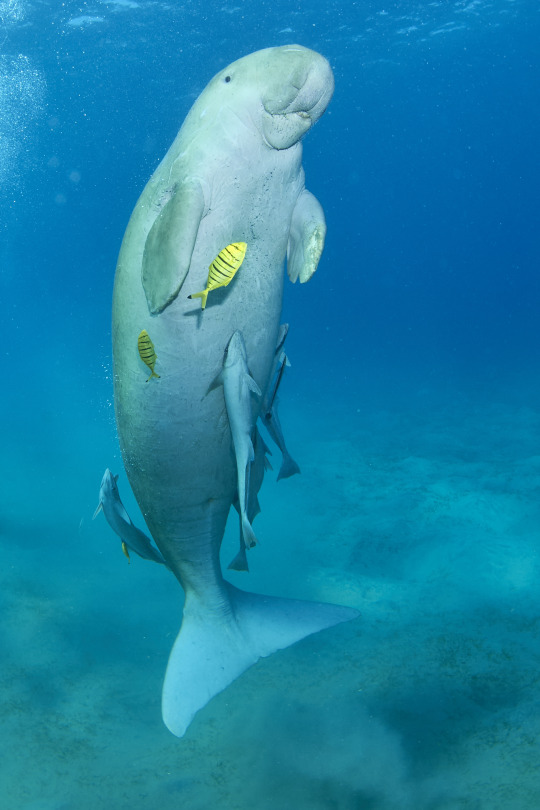
Dugong Dugong dugon
with golden trevally Gnathanodon speciosus, upper, and sharksucker Echeneis naucrates, lower
Observed by popaul, CC BY-NC
#Dugong dugon#dugong#Sirenia#Dugongidae#sirenian#non-ungulate#fish#Echeneis naucrates#sharksucker#Gnathanodon speciosus#golden trevally#Africa#Egypt#Indian Ocean#Red Sea
318 notes
·
View notes
Note
Can I pls have a silly little guy🙏

You get a Golden Trevally
Gnathanodon speciosus
25 notes
·
View notes